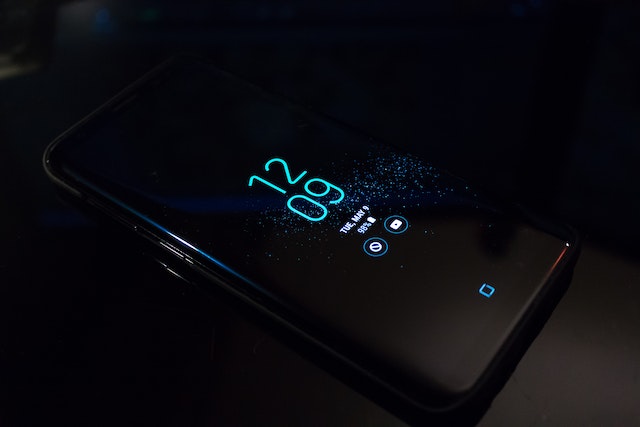In a world where an AI art generator can craft intricate designs, a unique aspect still sets human designers apart: their ability to weave cultural nuances into their creations. Cultural trends, the shared behaviors and beliefs that define groups of people, undeniably shape modern graphic design. But how deep does this influence run, and how do designers tap into this ever-evolving fountain of inspiration?
Storytelling Through Symbols
Every culture has symbols, motifs, and icons that carry specific meanings. Whether it’s the Mandala representing the universe in Hindu and Buddhist symbology or the Ankh symbolizing life in ancient Egyptian culture, these symbols become powerful design elements. By integrating these, designers can convey complex stories or messages instantly. Think of it like using shorthand, where a single icon tells an entire tale. Incorporating cultural symbols into modern graphic design pays homage to heritage and adds depth and layers of meaning that resonate with a diverse audience.
The Palette of Heritage
Colors have cultural significance, with specific shades evoking particular emotions or symbolizing specific events within different communities. For instance, red is often seen as a color of luck and prosperity in many Asian cultures, while in Western contexts, it might signify love or danger. By understanding these nuances, designers can make more informed choices, ensuring their graphics resonate with their target audience. Leveraging cultural color associations allows designers to create visuals that evoke familiar and relatable feelings, enhancing the connection between the design and the viewer.
Typographical Adventures
Language is a cornerstone of culture. The typography choices, including font styles and arrangements, reflect a time’s cultural aesthetics and sensibilities. Consider the ornate calligraphy of Middle Eastern scripts or modern Western advertisements’ bold, straightforward typesetting. These typographical choices become a window into cultural priorities and stylistic preferences. Incorporating culturally relevant typography adds authenticity to design and communicates a sense of belonging to the intended audience.
Motifs and Patterns: Echoes of Tradition
Patterns have always been a way for communities to represent their identity. Whether it’s the intricate Maori tattoos or the vibrant African Kente cloth patterns, these designs tell stories of heritage, pride, and community values. In modern graphic design, incorporating these motifs pays homage to these traditions and introduces them to new audiences, fostering appreciation and understanding. By embracing these patterns, designers contribute to the preservation and celebration of cultural heritage while also promoting cross-cultural dialogue.
Moods, Movements, and Modernism
From the roaring twenties Art Deco movement to the psychedelic designs of the sixties, cultural moods significantly dictate design styles. The socio-political environment, popular music, art, and even literature of the time influenced the designs of that era. As designers, recognizing these cultural waves allows one to ride them, creating designs that truly speak to the zeitgeist of a period. Understanding and embracing cultural movements provide designers with a dynamic framework to craft designs that resonate with the spirit of their time. It’s a way of tapping into the collective consciousness, allowing designers to capture the pulse of society and reflect it through their visuals.
Adobe states,” Experiment, imagine, and create an infinite range of images with Firefly, generative AI-powered content creation from Adobe.”
While tools like the AI art creator provide innovative design solutions, they lack the depth of cultural understanding that human designers bring to the table. It’s this interplay of culture and design that crafts graphics that resonate on a deeper level, connecting with audiences beyond mere aesthetics. As designers tap into the rich tapestry of global cultures, they create works that are visually stunning and culturally relevant, bridging gaps and fostering global understanding through design.












